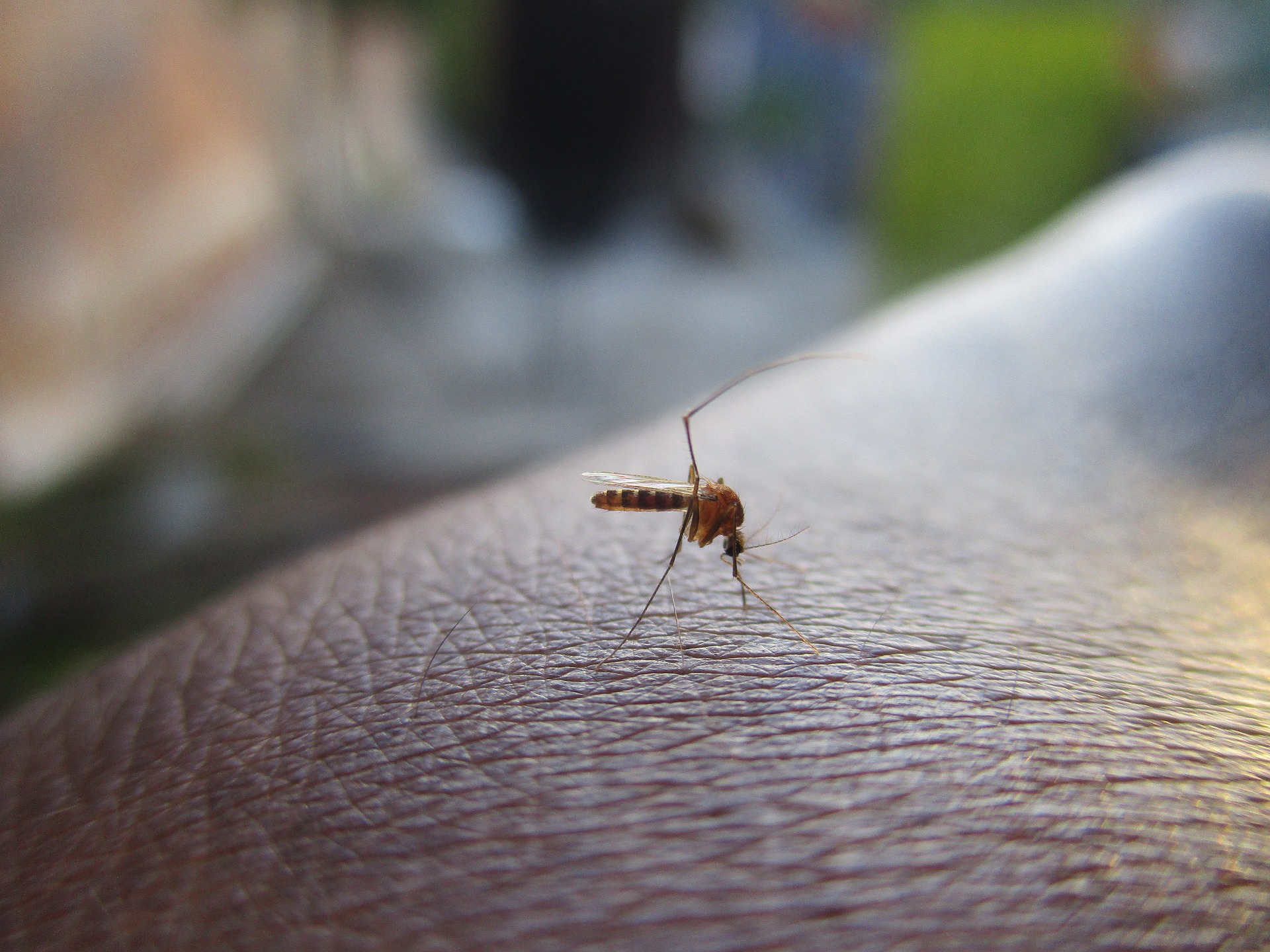The crucial need for innovation in pediatric medical devices
When it comes to medical device innovation, children often are left behind. Pediatric medical devices lag as many as 10 years behind their adult counterparts. Pediatricians and pediatric surgeons are frequently forced to adapt adult devices to fit our smallest and most vulnerable patients, often with minimal or nonexistent evidence that those devices are safe and effective. This innovation gap represents a failing to children everywhere. Addressing this issue is not only a matter of improving healthcare outcomes for children but also a moral imperative.
The current landscape for pediatric device innovation
Pediatric device innovation is markedly slower than adult device innovation, and the numbers paint a stark picture. More than 60% of pediatric patients undergoing cardiac catheterization are exposed to adult devices being used off-label in children. Furthermore, 79% of high-risk therapeutic devices lack pediatric approval from the FDA. Alarmingly, even among those high-risk devices that are approved for pediatric use, 40% of them were approved based on studies that did not include a single child. Innovators face numerous challenges unique to the pediatric medical device space:
- Financial challenges: The 1 reason for reduced innovation in pediatric devices compared to adults is the smaller market size and expectation of smaller returns. Despite children representing about 25% of the U.S. population, overall spending on pediatric healthcare is less than 10% of total healthcare spending. As a result, there is less private investment in pediatric device innovation, leading to fewer advancements in this critical area. Companies often rely on public grants and early stage funding, which can be insufficient to sustain long-term development efforts.
- Clinical and technical challenges: Children are not simply smaller adults. Their physiology is distinct, and the common diseases they suffer from are often quite different than adults. For the smallest patients, device design can be difficult simply because of size limitations. Moreover, “children” represent a wide range of different-sized patients whose anatomy and physiology change significantly over time. This means that devices must accommodate a diverse range of sizes and physiological conditions, making the design and implementation of pediatric medical devices particularly challenging.
- Regulatory and ethical challenges: Pediatric device trials face significant challenges in generating sufficient clinical evidence for regulatory approval. Children are generally healthier than adults, leading to smaller sample sizes and heterogeneous populations spread across multiple institutions for any particular illness. Additionally, ethical concerns surrounding research in critically ill children add to the complexity of the process. These include obtaining proper consent and assent for minors, the willingness to trial new technology in young patients, and ensuring parental comfort and acceptance. The lack of enforceable standards and the variation in pediatric expertise among regulators add layers of complexity to these ethical challenges.
Solutions and future directions
To bridge the gap in pediatric device innovation, national and local efforts are underway:
- National Clinical Trials Network and the Pediatric Medical Devices Public-Private Partnership (PMD-PPP): National efforts are underway to address the challenges in pediatric device development and create an integrated development pathway for early stage pediatric device companies. The Foundation for the National Institutes of Health is spearheading the PMD-PPP, which will establish a national ecosystem that optimizes the development, evaluation and approval of devices for children. It will assist innovators through ideation, clinical trial testing and regulatory approval, to lead toward manufacturing and patient use.
- Pediatric Device Consortia: The Southwest Pediatric Device Consortium is one of five FDA-funded pediatric device consortia that offers comprehensive support to pediatric device innovators. This includes funding, expert advising, access to clinical trial infrastructure, and regulatory assistance to streamline the development and commercialization of new pediatric medical devices.
- Streamlining hospital infrastructure: Acquiring clinical data to build toward regulatory approval is a critical moment for any pediatric device. We recently published a case study highlighting the difficulties pediatric device innovators face, spending outsized time and resources attempting to execute clinical trials. Texas Children’s Hospital and Baylor College of Medicine are in the process of building a dedicated clinical trial unit to support pediatric device innovation and streamline clinical trial processes. Implementing best practices such as clear communication channels, parallel processing, use of standardized forms and use of reliance IRBs can significantly enhance the clinical trial initiation and execution process.
The innovation of pediatric medical devices is not just a technical challenge but a vital necessity for improving healthcare outcomes for children. By addressing financial, ethical, legal and logistical barriers, we can pave the way for more effective and timely medical solutions. Together, we can ensure that our youngest patients receive the care and technology they deserve.
By Dr. R. Brandon Hunter, assistant professor, pediatrics – critical care at Baylor College of Medicine, and Dr. Chester J. Koh, professor, pediatric urology at Baylor College of Medicine



